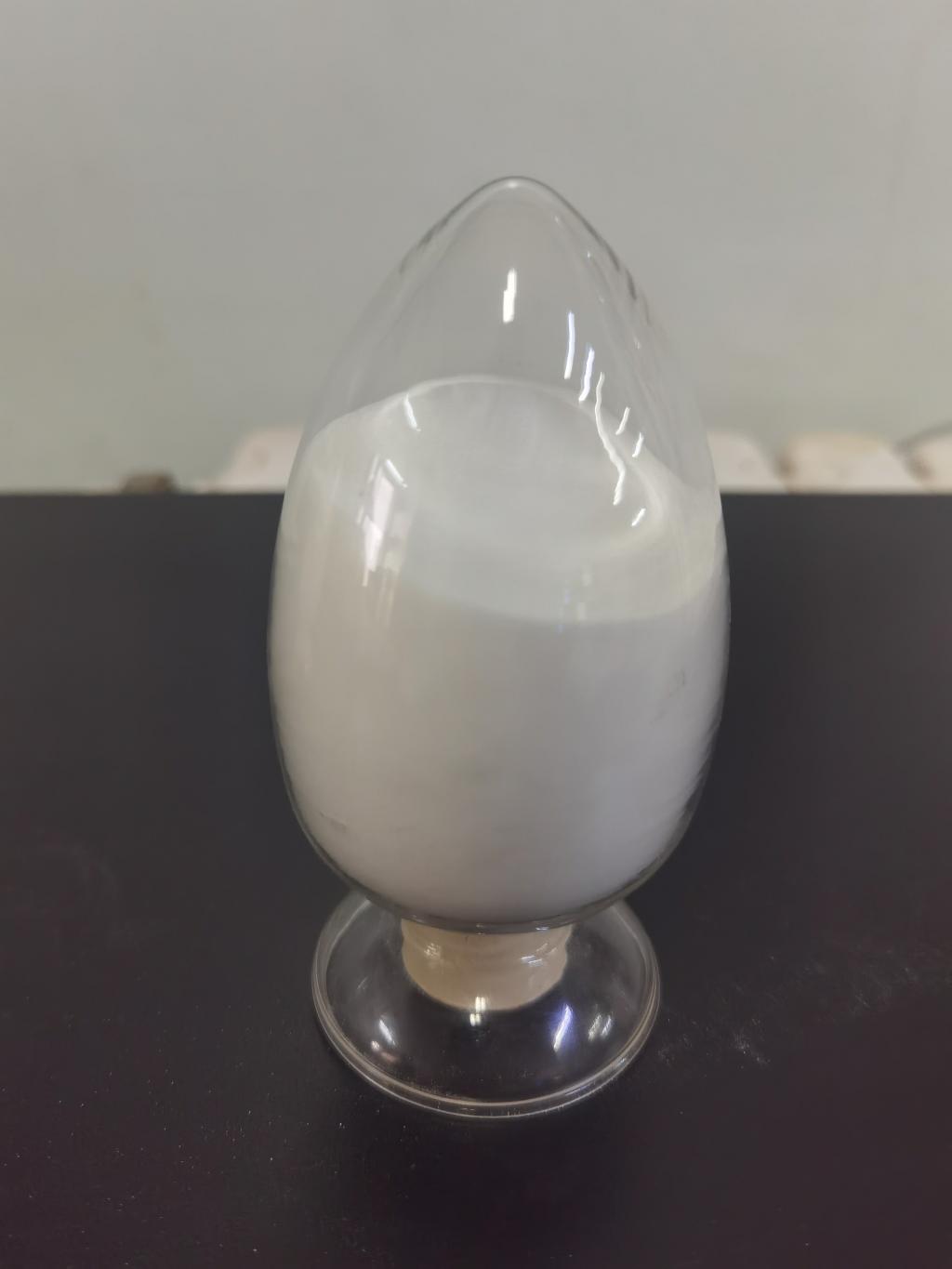Tel:0086 18231198596

News
Current Position:
Home >
News
>ε-Polylysine Hydrochloride in Precision Agriculture: Optimizing Nutrient Delivery
ε-Polylysine Hydrochloride in Precision Agriculture: Optimizing Nutrient Delivery
TIME:2024-02-21
I. Precision Agriculture: An Overview
a. Definition and Objectives:
Precision agriculture involves the use of technology and data-driven insights to tailor agricultural practices for optimal efficiency and productivity. The primary objectives include maximizing yields, minimizing resource inputs, and reducing environmental impact through targeted and informed decision-making.
b. Technological Advancements:
Recent advancements in sensors, data analytics, and automation have revolutionized precision agriculture. These technologies enable farmers to monitor and manage various aspects of crop production with unprecedented accuracy, from soil conditions to nutrient levels and pest infestations.
II. Nutrient Delivery in Precision Agriculture:
a. Importance of Nutrient Management:
Efficient nutrient management is a cornerstone of precision agriculture. Balancing the supply of essential nutrients to crops ensures healthy plant growth, maximizes yield potential, and minimizes environmental impact by reducing nutrient runoff and leaching.
b. Challenges in Nutrient Delivery:
Conventional nutrient delivery methods may not always provide the precision needed for optimal crop nutrition. Factors such as soil variability, climate fluctuations, and crop-specific nutrient requirements pose challenges that can be addressed through innovative solutions like ε-Polylysine Hydrochloride.
III. Introduction to ε-Polylysine Hydrochloride:
a. Nature and Production:
ε-Polylysine Hydrochloride is a naturally occurring biopolymer produced through the fermentation process of Streptomyces albulus. It is a cationic polyamide with a unique molecular structure that imparts specific properties, making it suitable for various applications in agriculture.
b. Antimicrobial Properties:
One of the notable features of ε-Polylysine Hydrochloride is its antimicrobial activity. While this property is often highlighted in food preservation, it can also play a role in agriculture by mitigating the risk of soil-borne pathogens that may affect plant health.
IV. Applications of ε-Polylysine Hydrochloride in Nutrient Delivery:
a. Soil Amendment:
Incorporating ε-Polylysine Hydrochloride into the soil can enhance nutrient retention and availability. Its ability to interact with soil particles and improve soil structure contributes to better water retention and nutrient absorption by plant roots.
b. Controlled-Release Fertilizers:
ε-Polylysine Hydrochloride can be employed in the development of controlled-release fertilizers. These formulations gradually release nutrients over an extended period, aligning nutrient delivery with the plant's growth stages and minimizing the risk of nutrient leaching.
c. Enhanced Nutrient Uptake:
The antimicrobial properties of ε-Polylysine Hydrochloride may contribute to a healthier root system by reducing the presence of harmful pathogens. A healthier root system enhances nutrient uptake, leading to improved plant growth and yield.
V. Benefits of ε-Polylysine Hydrochloride in Precision Agriculture:
a. Improved Nutrient Efficiency:
The incorporation of ε-Polylysine Hydrochloride in nutrient management practices can lead to improved nutrient use efficiency. By optimizing the availability and uptake of nutrients, farmers can achieve higher yields with reduced inputs.
b. Reduced Environmental Impact:
Precision agriculture aims to minimize the environmental impact of farming activities. The targeted application of nutrients facilitated by ε-Polylysine Hydrochloride can help reduce nutrient runoff and leaching, mitigating the risk of water pollution.
c. Enhanced Soil Health:
ε-Polylysine Hydrochloride's positive effects on soil structure, water retention, and microbial balance contribute to overall soil health. Healthy soils support robust plant growth and create a sustainable foundation for long-term agricultural productivity.
d. Resistance to Soil-Borne Pathogens:
The antimicrobial properties of ε-Polylysine Hydrochloride can contribute to the suppression of soil-borne pathogens, reducing the need for chemical treatments. This not only enhances plant health but also aligns with sustainable and eco-friendly agricultural practices.
VI. Challenges and Considerations:
a. Cost-Benefit Analysis:
Farmers must weigh the potential benefits of incorporating ε-Polylysine Hydrochloride against the associated costs. Conducting a thorough cost-benefit analysis will help determine the economic viability of adopting this technology in precision agriculture.
b. Compatibility with Other Inputs:
The compatibility of ε-Polylysine Hydrochloride with other agricultural inputs, such as fertilizers and pesticides, should be assessed. Ensuring that it does not interfere with the efficacy of other inputs is essential for integrated and efficient farming practices.
VII. Case Studies and Success Stories:
Highlighting case studies and success stories where ε-Polylysine Hydrochloride has been successfully integrated into precision agriculture can provide practical insights. Showcase instances where its use has resulted in improved crop yields, nutrient efficiency, and overall farm sustainability.
VIII. Future Prospects and Innovations:
Explore potential future directions and innovations in the application of ε-Polylysine Hydrochloride in precision agriculture. Consider advancements in research, technology, and collaborative efforts that may further enhance its efficacy and expand its applications in optimizing nutrient delivery for crops.
IX. Conclusion:
In conclusion, ε-Polylysine Hydrochloride holds significant promise as a precision solution in the realm of nutrient delivery in precision agriculture. Its unique properties offer a range of benefits, from improved nutrient efficiency and reduced environmental impact to enhanced soil health and resistance to soil-borne pathogens. As the agriculture industry continues to evolve towards more sustainable and efficient practices, the integration of ε-Polylysine Hydrochloride represents a noteworthy step towards achieving the goals of precision agriculture and ensuring global food security.

 CONTACT
CONTACT




